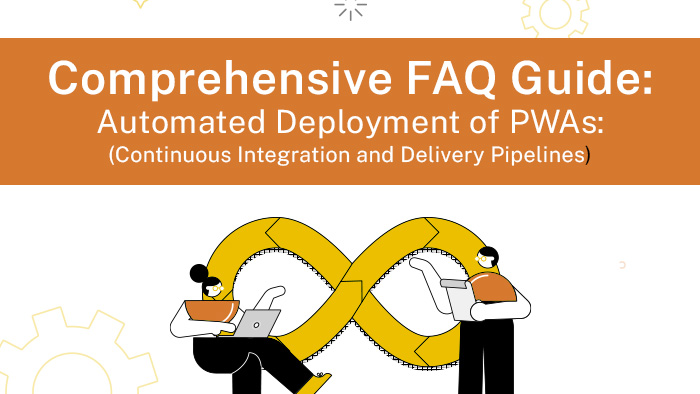
Comprehensive Faqs Guide: Automated Deployment of PWAs: Continuous Integration and Delivery Pipelines
Section 1: Introduction to Automated Deployment of PWAs In this section, we’ll delve into the fundamentals of automated deployment for Progressive Web Apps (PWAs). We’ll explore the concept of automated deployment, its relevance to PWAs, the advantages of continuous integration and delivery pipelines, real-world examples of improved PWA development workflows, and the role of continuous integration and continuous delivery in enhancing PWA deployments. What is automated deployment, and how does it apply to Progressive Web Apps (PWAs)? Automated Deployment Definition: Automated deployment is the process of automating the deployment of software applications, including PWAs, to various environments without manual intervention. PWA Application: Automated deployment is pivotal for PWAs as it ensures seamless updates, reduces human error, and accelerates the delivery of new features to end-users. How can automated deployment streamline the process of deploying and updating PWAs? Consistency: Automated deployment ensures consistent deployment across different environments, reducing discrepancies. Efficiency: Manual deployment tasks are automated, saving time and reducing human effort. Frequent Updates: PWAs can be